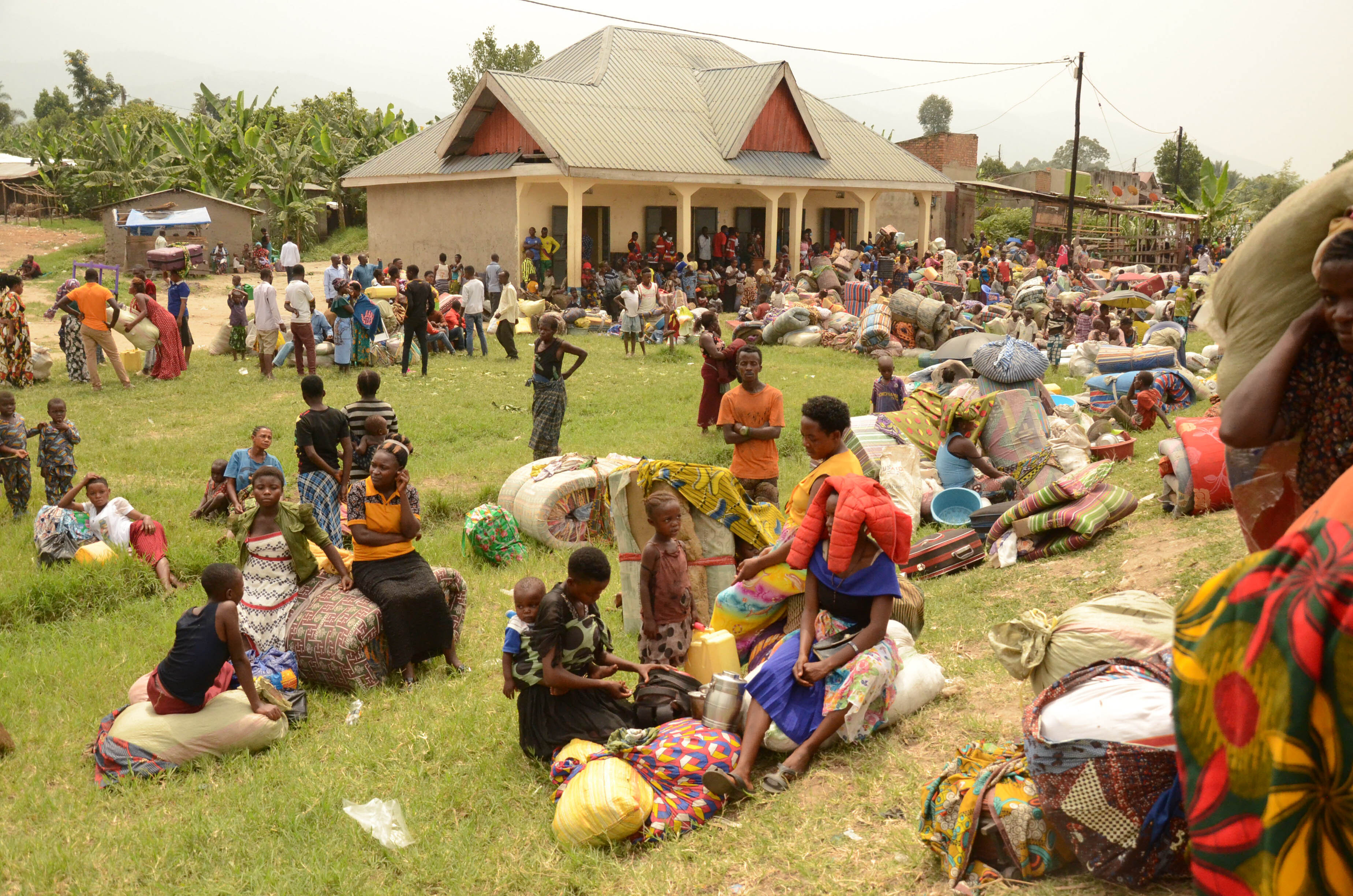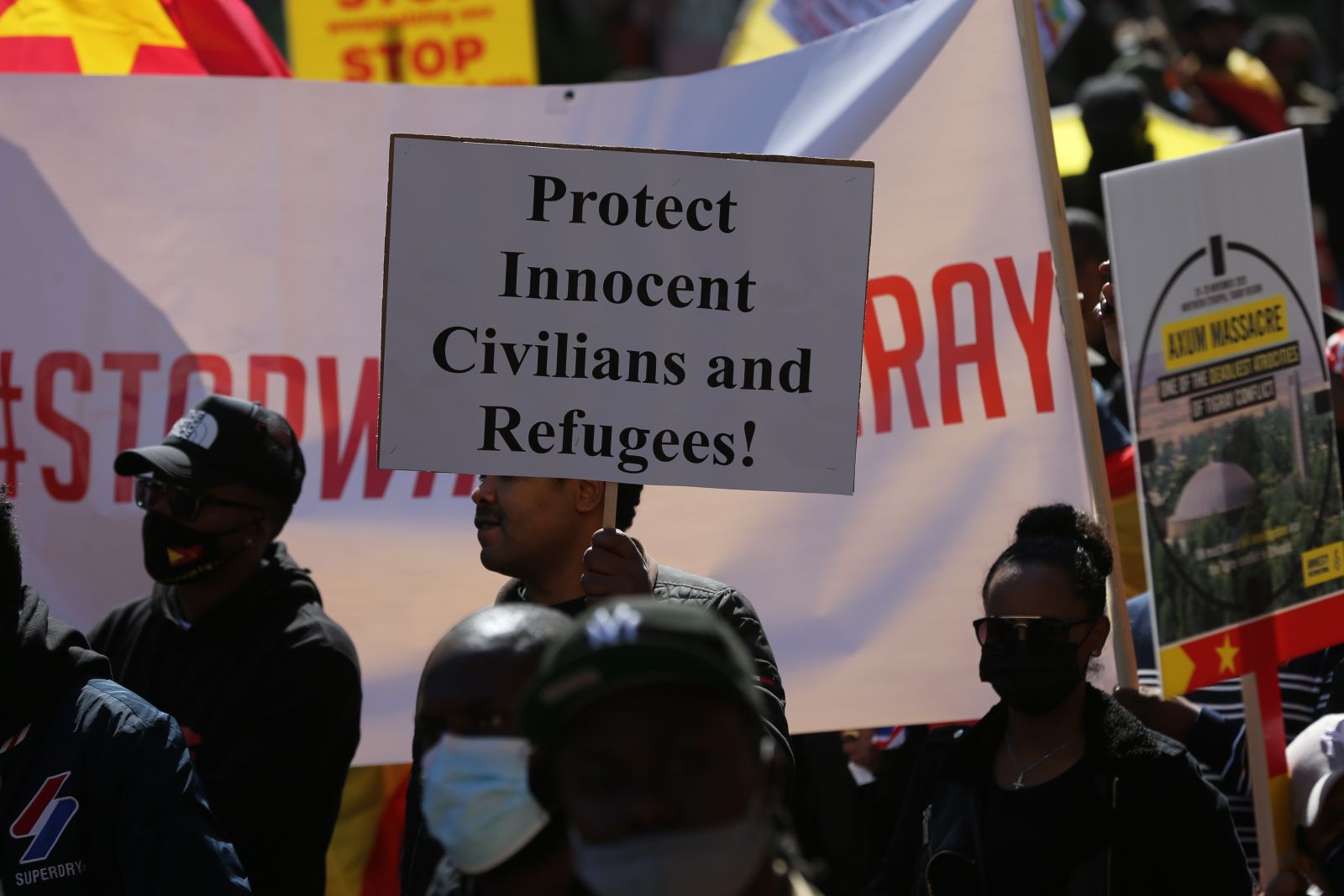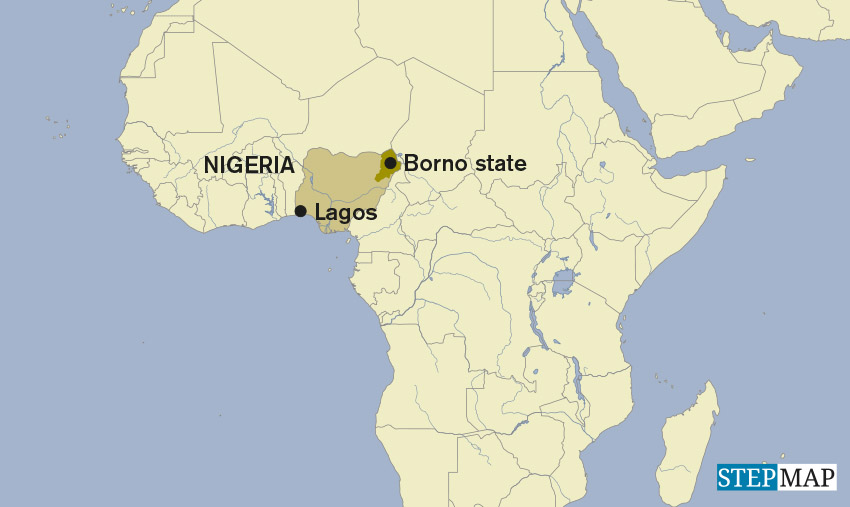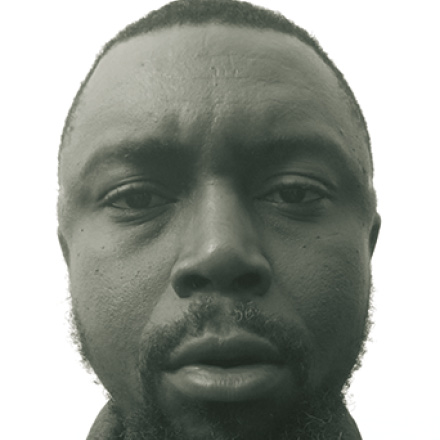Refugees
Today's displaced are tomorrow's refugees
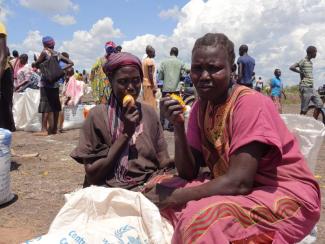
There are many reasons why people flee – including armed conflict, natural disasters and climate change. According to the Global Trends report of the UN Refugee Agency (UNHCR), the number of people affected has hit a record high: last year, 65.6 million people, or one person in 113, had to abandon their homes because of conflict and persecution. This is four times more than a decade earlier.
Filippo Grandi, the UN high commissioner for refugees, says: “By any measure, this is an unacceptable number.” Grandi urges for “solidarity in resolving this crisis”.
Civil wars in Syria and South Sudan, famine in Eastern Africa, persecution of minorities like in Myanmar or a water crisis as in the Chad region all lead to forced migration. By population, Syria still accounts for the biggest share of displaced people overall, with 12 million people (almost two thirds of the population) either displaced internally or having fled abroad. Colombians (7.7 million) and Afghans (4.7 million) remained the second and third biggest population, followed by Iraqis (4.2 million) and South Sudanese (the world’s fastest growing displaced population with 3.3 million having fled their homes by the end of the year).
Children, who are particularly vulnerable, make up half of the world’s refugees according to UN data. In some countries like South Sudan, 85 % of refugees and IDPs are women and children.
Among those who have fled, internally displaced persons (IDPs) are in a special situation. They did not cross a border to find safety. Unlike refugees, they are on the run, but not in a foreign country. The UNHCR states: “While they may have fled for similar reasons, IDPs stay within their own country and remain under the protection of its government, even if that government is the reason for their displacement. As a result, these people are among the most vulnerable in the world.” In total, there are 40.3 million IDPs globally, as the UNHCR reports.
The Swiss-based Internal Displacement Monitoring Centre (iDMC) recently published the Global Report on Internal Displacement 2017. It demonstrates that there are currently “twice as many IDPs as refugees in the world”. There is a direct “link between internal and cross-border displacement”, the iDMC points out. “Six of the 10 countries that produced the most refugees in 2015 – Afghanistan, Colombia, the Democratic Republic of the Congo, South Sudan, Sudan and Syria – were also among the ten with the largest number of IDPs.”
South Sudan is a typical case. In the course of 2016, due to heavy fighting in the southern region of the country, many people fled their homes. First they went to the nearest towns or UN-protected sites within South Sudan. As fighting continued, the same people fled again, this time across the border to Uganda. From July to end of 2016, a small place in northern Uganda, Bidibidi, became the largest refugee camp in the world. Bidibidi is full now, so another camp has been set up in Palorinya in northern Uganda. From January to May 2017, 153,000 South Sudanese refugees settled here – and more people are coming daily.
According to the iDMC, the “exact push and pull factors that explain how someone who is an IDP one day can become a refugee, an asylum seeker or an international migrant the next are still unclear.” The South Sudan example shows that as soon as the situation calms down in their country of origin, people tend to cross the border again to go back home. But the iDMC report warns that “refugees returning to their countries of origin risk becoming internally displaced again if their return is premature, involuntary or unprepared, and if they return to conditions of insecurity and inadequate livelihoods.” In 2016, many Afghan and Somali refugees returned home, only to be displaced once more.
Links
Internal Displacement Monitoring Centre: “Global Report on Internal Displacement 2017”.
http://www.internal-displacement.org/global-report/grid2017/
UNHCR, 2017: Global trends: forced displacement.
http://www.unhcr.org/statistics/unhcrstats/5943e8a34/global-trends-forced-displacement-2016.html

